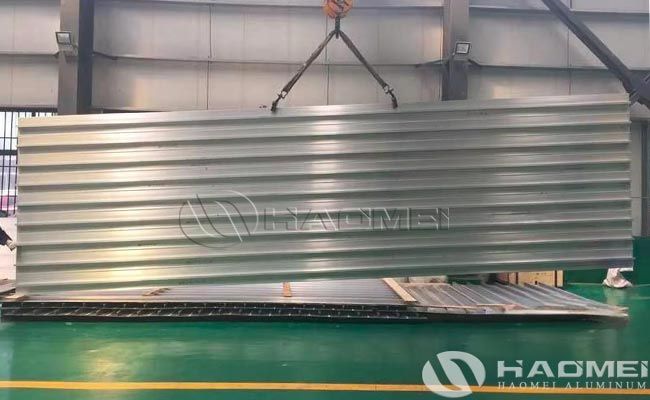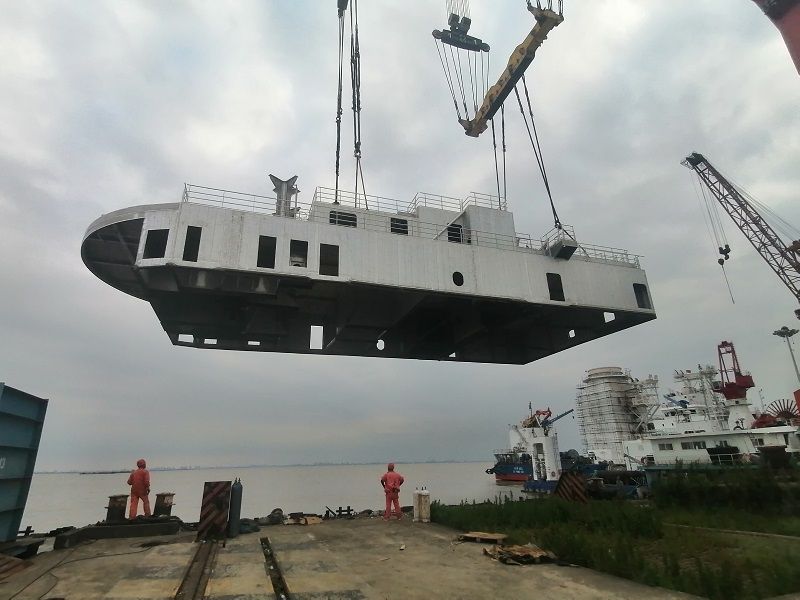Application of Friction Stir Welding in Shipbuilding
Friction Stir Welding (FSW) has become one of the key technologies for aluminum alloy structure fabrication in shipbuilding industry due to its unique advantages, and its application scope continues to expand, especially driven by the demand for lightweight, high strength and environmental protection.

Advantages of Friction Stir Welding in shipbuilding industry:
- High strength and low deformation
Friction Stir Welding avoids metal melting through solid-state connection, reducing welding defects (such as porosity, cracks), while maintaining the original grain structure of the material, the strength of the weld seam can reach 80% -90% of the base material, significantly better than the traditional fusion welding. In addition, its low heat input significantly reduces welding distortion, which is suitable for precision manufacturing of large ship components.
- Light weight and corrosion resistance
Aluminum alloy has become the preferred material for ship lightweighting due to its light weight and high corrosion resistance, and FSW technology can efficiently weld aluminum alloy plates and ribbed plates instead of traditional riveting or arc welding, which further reduces the weight of the hull and extends the service life.
- Environmentally friendly and efficient
The welding process requires no welding consumables or shielding gases, and is free of fumes, arc light and spatter, which is in line with the trend of green manufacturing. At the same time, the high degree of automation can significantly shorten the manufacturing cycle and reduce the overall cost.
The specific application parts of friction stir welding panel in shipbuilding:
- Welding of ship hull and ribbed plate
Wide aluminum alloy friction stir welding plate is an important part of ship structure, used in the hull, deck, bulkheads, bulkheads and reinforcing parts, etc. FSW can realize the efficient connection of long weld seams (e.g., 28 meters), and the quality of weld seams is stable, with a qualification rate of up to 100%, which can significantly improve the overall strength of the hull.
- Modularized prefabricated parts
Pre-welding of large modular components (e.g. helicopter platforms, bulkheads) through FSW technology reduces on-site assembly time and improves shipbuilding efficiency. For example, a company has welded aluminum alloy structural parts of a 20-meter-long speedboat, with a cumulative total of more than 500 kilometers of welds.
- Reinforcement Ribs and Complex Structures
Ship's reinforcing ribs, frames and other complex structures can be seamlessly connected by FSW, avoiding the stress concentration problem of traditional riveting and optimizing hydrodynamic properties at the same time.

Haomei's performance is especially outstanding as a leader in aluminum friction stir welding plate manufacturing:
- Leading technology and production capacity scale
Equipped with friction stir welding equipment for wide-width aluminum alloy ribbed plates, the maximum size of the product reaches 28m×5.8m, which meets the demand of large ships. The annual production capacity has been expanded to 2,000 tons, and the company has supplied over 1,200 tons of aluminum alloy ribbed plates for naval and civil ships, with the total length of welded seams exceeding 288 kilometers.
- High qualification rate and certification
The product qualification rate is 100% and has passed the strict CCS (China Classification Society) certification to ensure that the material meets the standards of the shipping industry.
- Industry Service Capability
Adopting the mode of epitaxial cooperation to expand production capacity and provide fast delivery service to support the efficient demand of the shipbuilding industry.
With the optimization of technology and breakthroughs in tool materials, the application of FSW is gradually expanding, and may further cover more types of ship materials in the future. At the same time, combining with artificial intelligence to optimize welding parameters, it can further improve the efficiency and quality, and promote shipbuilding to the intelligent and green direction.








